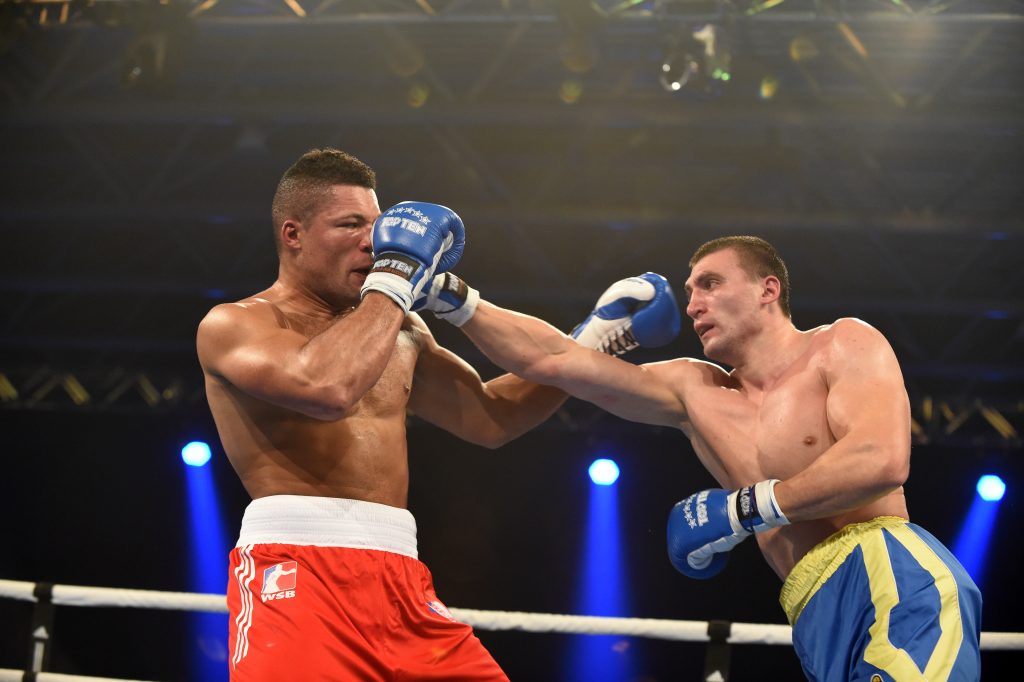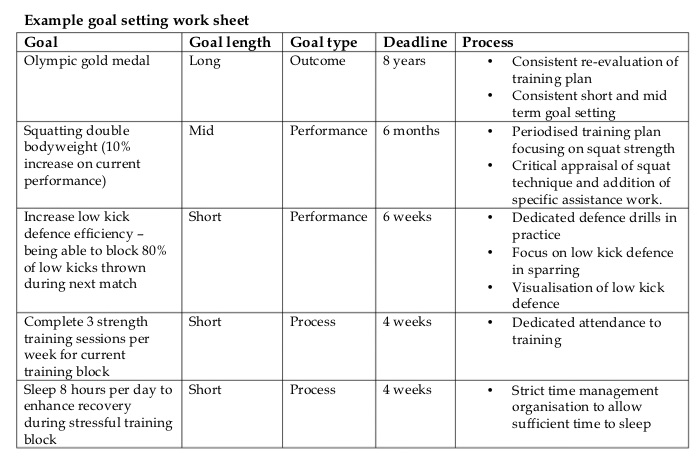Goal Setting for 2019 Part 3 – Goal Setting as a Process
In part 1 and 2 we discussed different types of goals as well as the important attributes that goals need to have (read here if you missed these:https://www.thescienceofstriking.com/mental-training/goal-setting-for-2019-part-2-smart-goals/). However it is not sufficient to merely set a goal and hope for the best.
Goal Reassessment
Goal-setting needs to be done as a process, not just the act of creating a goal. This is often the area where goal-setting breaks down. An athlete may set a goal, but not have a distinct plan of how they are to go about achieving that goal. The creation of each goal should be done with a realistic evaluation of what needs to be done to accomplish it, and a specific plan of how to go about this. The goal setting process needs to be highly structured, and requires frequent feedback and re-evaluation. If certain steps towards a goal are not being met, the athlete and coach needs to assess why this is happening and either change the training strategy, or re-evaluate the goal. Having written goals and following a process to achieve them, may also provide the athlete with a reality check with regards to their realistic level of commitment towards their sport.
Even though our goals need to be realistic and attainable, there is always the chance that we may not achieve some of our goals. When this happens, it is important for an athlete to have a plan in dealing with it. A detailed analysis for the reason behind the failure to achieve a certain goal needs to be undertaken.
If a lack of effort is the reason, the athlete must then go back and analyse their motivation for training and competition. This will allow more realistic goals to be set.

If injury or other unforeseen circumstances impacted the inability to achieve the goal, then this needs to be taken into context. In the case of an injury, the current state of the injury, predicted recovery times and impact on training must be considered when re-formulating goals.
Goals also need to be shared with others. Coaches should understand what their athlete’s specific goals are to work together to achieve them. They may also be helpful in formulating the most appropriate goals. However, athletes must be careful to make the goals their own, and not have goals thrust upon them. Goals should also be shared with those close to you outside the immediate training environment, such as family, spouses or close friends. This will help you remain accountable and focused.
The table below provides an example of how an athlete might establish a combination of different types of goals.

So what are your training/competition goals for 2019 and beyond? Do you have a combination of outcome, performance and process goals? Are they SMART goals? Do you have a specific plan around how to achieve these? Have you shared your goals with those around you? A thorough goal-setting process is the first step towards making 2019 your most successful year, so before you start throwing yourself back into training take the time to evaluate your goals and maximise the results of your training!
A complete guide to goal setting and other aspects of mental training may be found in “The Science of Striking: A Comprehensive Guide to Physical Preparation for the Stand-Up Combat Athlete”, available now on amazon in both paper and kindle formats.
https://www.amazon.com/Science-Striking-Comprehensive-Physical-Preparation
Great article.I’m facing some of these issues as well..